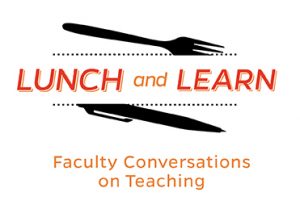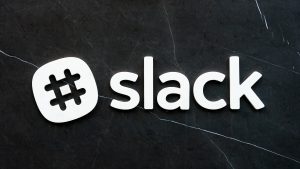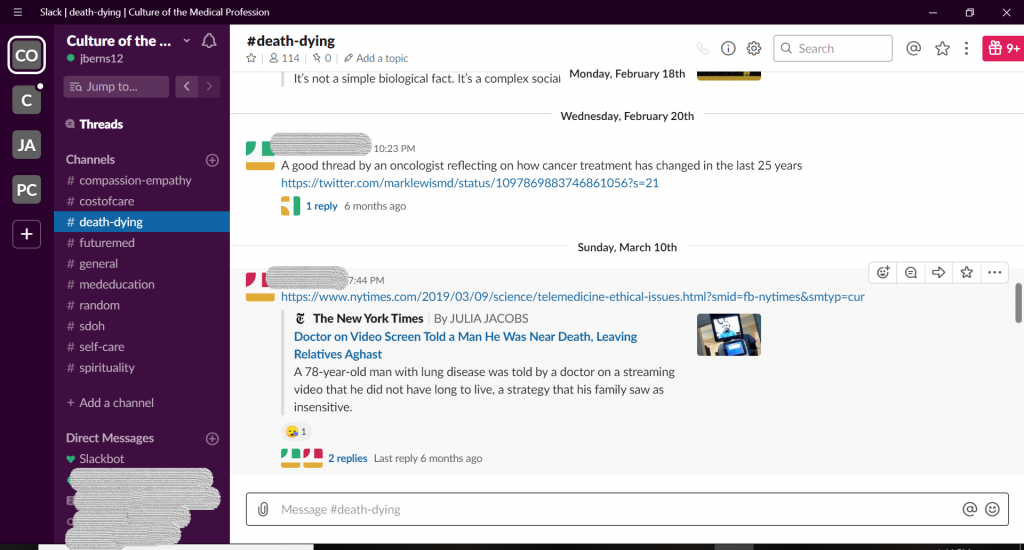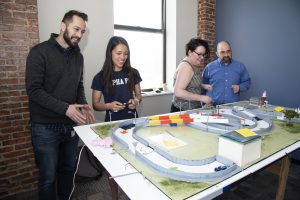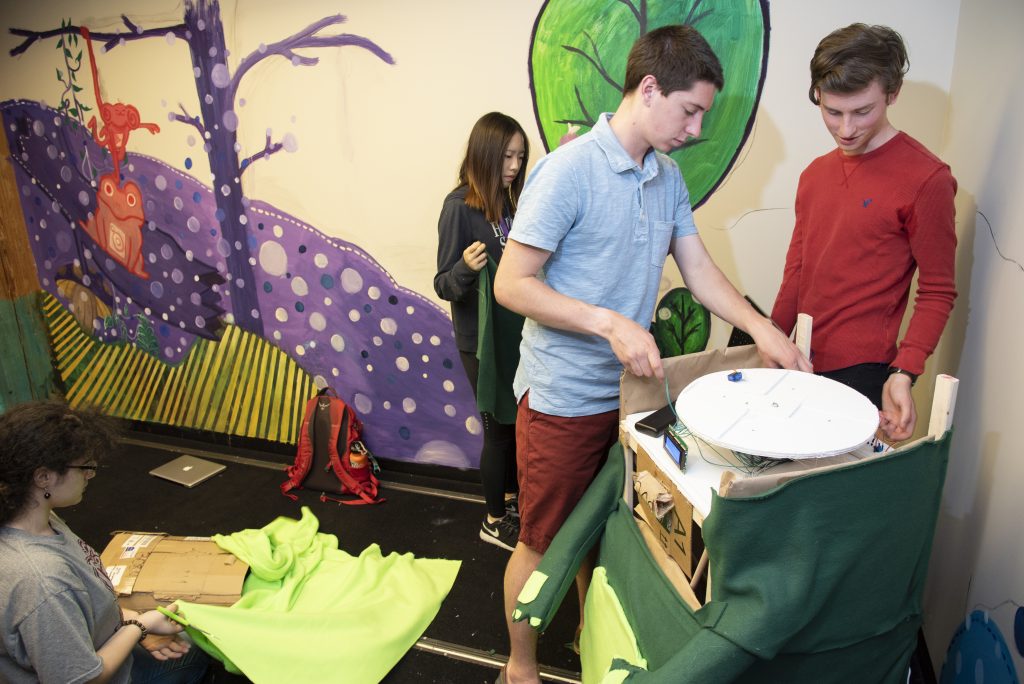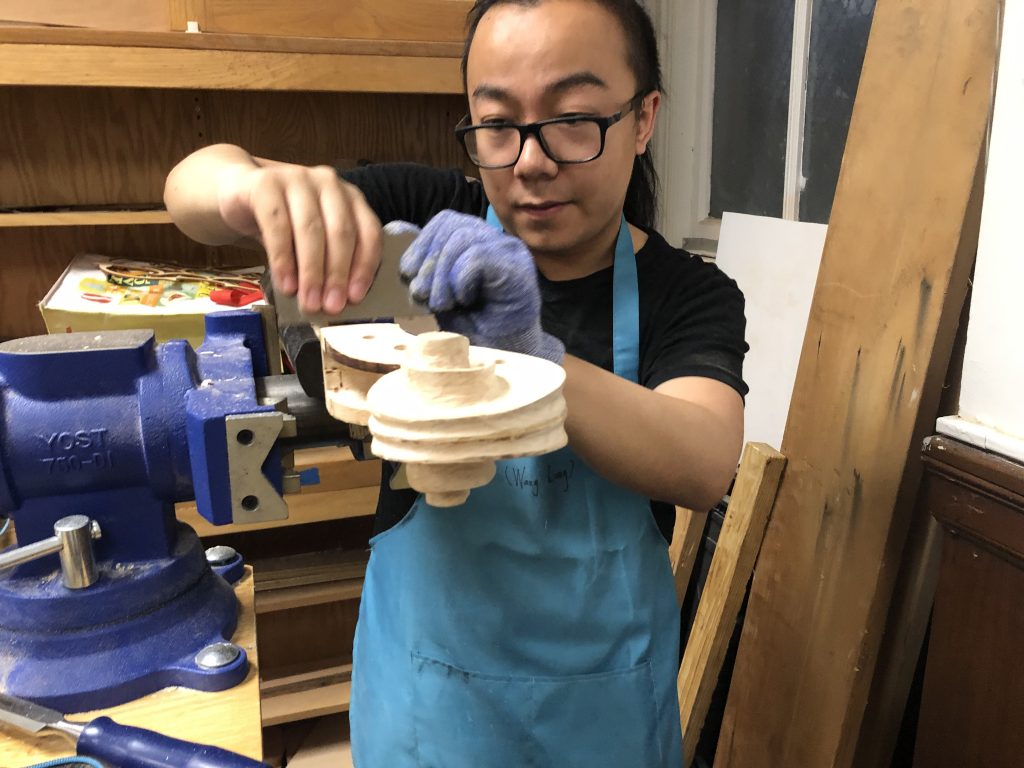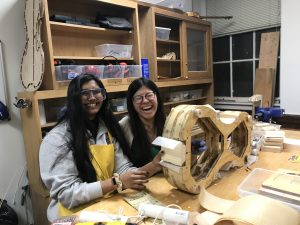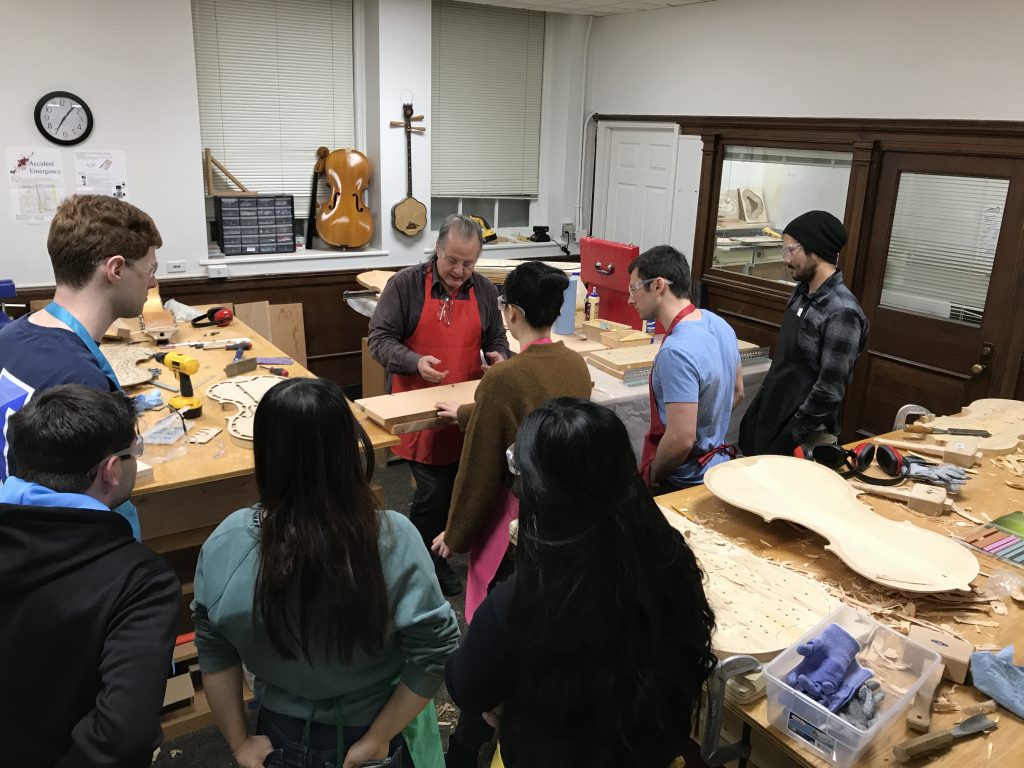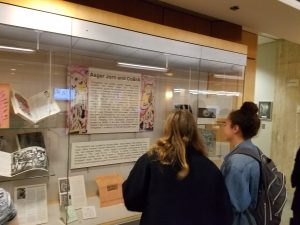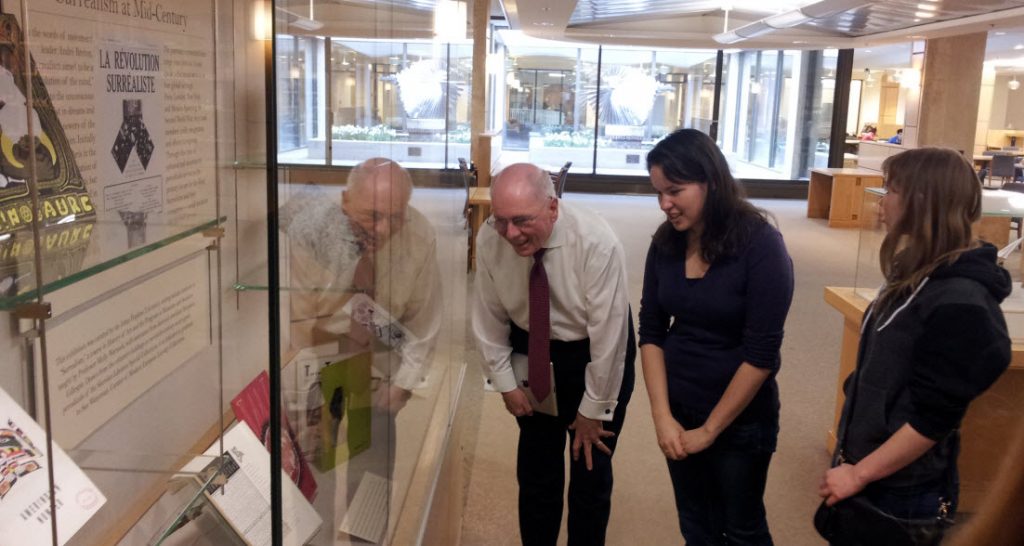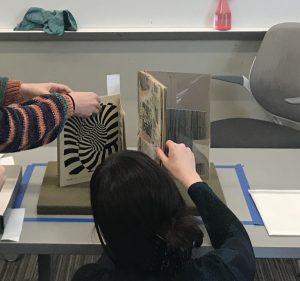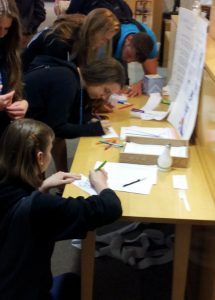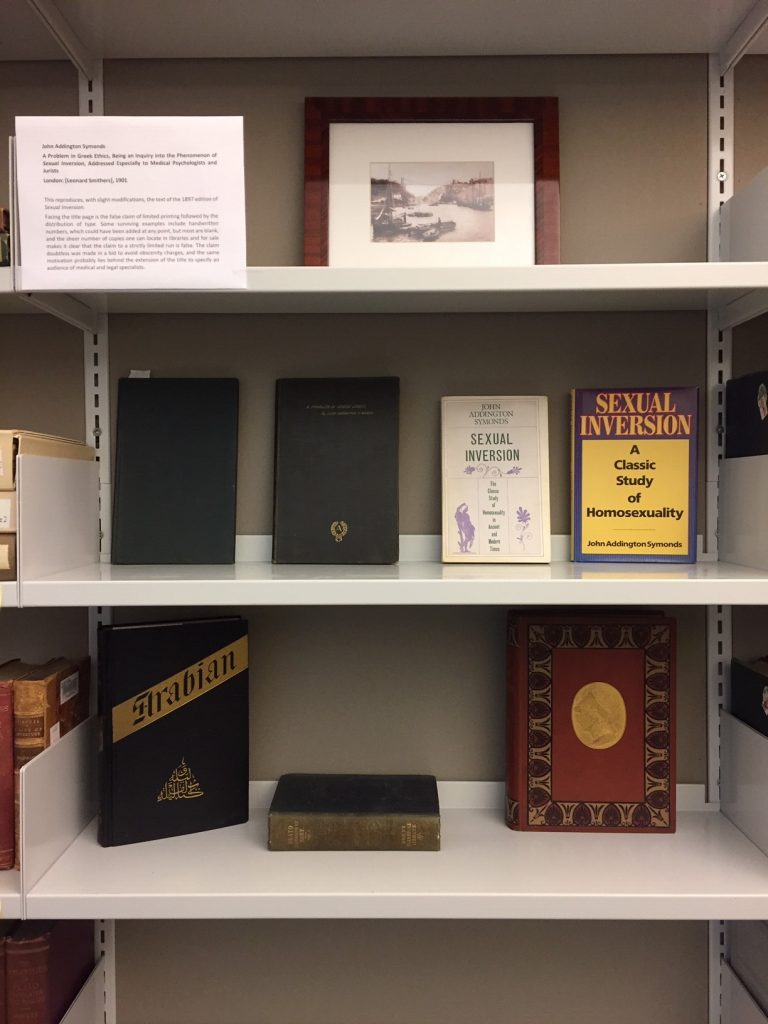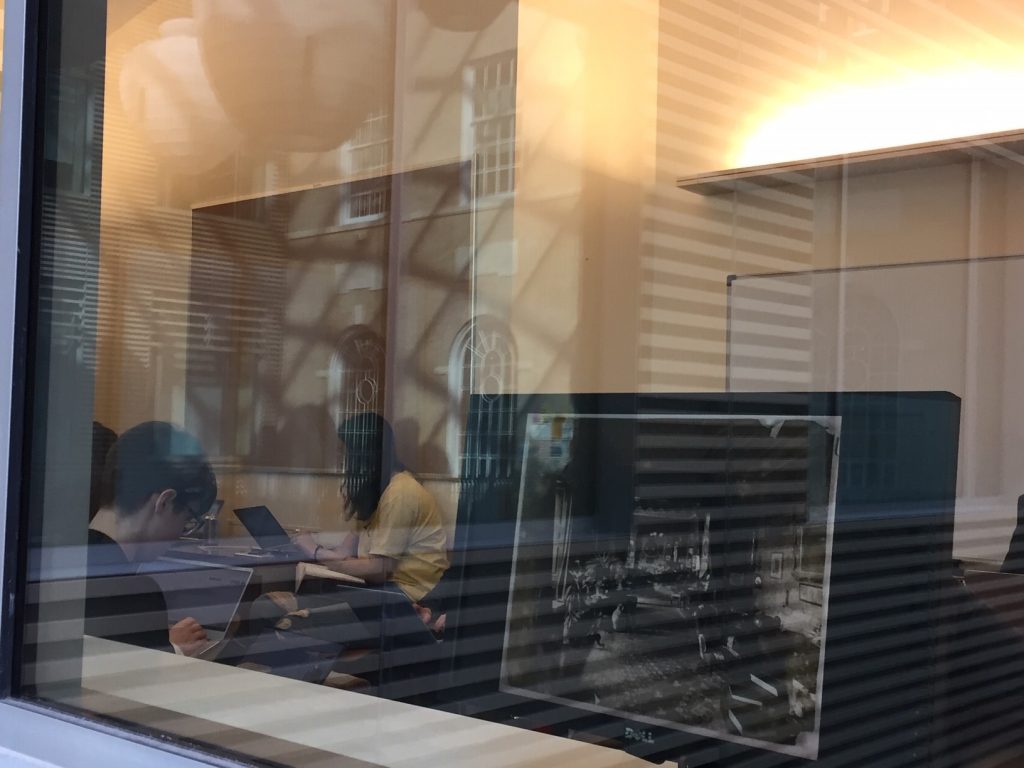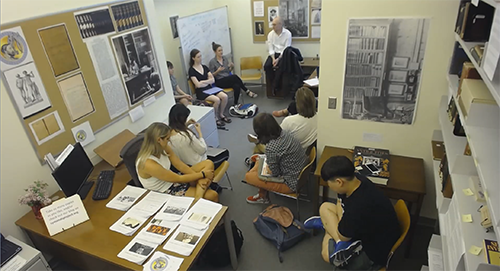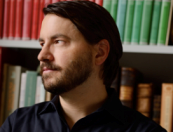Like many other universities nationwide, Johns Hopkins has made the decision to forgo letter grades this semester for its undergraduates. Faculty in the Krieger and Whiting 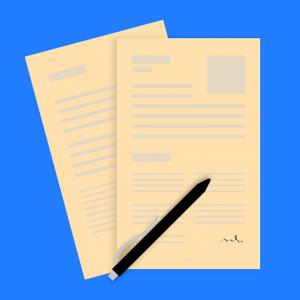 schools have been instructed to use the special designation ‘S*/U*’ this semester. On Friday, April 3, the Center for Educational Resources (CER) hosted an online session, “Transitioning to S/U Grading.” Jessie Martin, Assistant Dean, Office of Academic Advising, and Janet Weise, Assistant Dean, Office of Undergraduate Affairs, provided an overview of JHU’s updated grading policy which was followed by a question and answer sharing session, moderated by Allon Brann from the CER.
schools have been instructed to use the special designation ‘S*/U*’ this semester. On Friday, April 3, the Center for Educational Resources (CER) hosted an online session, “Transitioning to S/U Grading.” Jessie Martin, Assistant Dean, Office of Academic Advising, and Janet Weise, Assistant Dean, Office of Undergraduate Affairs, provided an overview of JHU’s updated grading policy which was followed by a question and answer sharing session, moderated by Allon Brann from the CER.
Highlights of the grading policy for both KSAS and WSE faculty include:
- All AS and EN undergraduate students will receive S* or U* grades for the spring 2020 semester. (The asterisk (*) distinguishes this semester from a regular S/U grade given during past semesters.) There will be a semester-specific transcript notation explaining that students were not eligible for a letter grade.
- This applies to the AS and EN undergraduate students regardless of the fact that they may be in graduate level courses or in courses offered by other schools.
- There will be an option to assign a grade of I/U*
- Faculty may have students enrolled in their undergraduate classes who are grad students and/or from other JHU schools and therefore have different emergency grading systems.
More details about the policy can be found here:
KSAS: https://krieger.jhu.edu/covid19/teaching/
WSE: https://engineering.jhu.edu/novel-coronavirus-information/faculty-undergrad-grading-faqs/
(Note: the links are different, but the information is identical for both the Krieger and Whiting Schools)
Session participants shared strategies in terms of how to move forward with grading this semester, which are summarized below:
- Consulting the students: One faculty member shared how she consulted with her students to help decide how to move her course forward this semester. She facilitated student discussions and allowed them a say in how things would be adapted. The outcome: course work has been scaled back, but no assessments have been eliminated. For example, instead of students turning in a full assignment, they now have to submit a list of bullet points highlighting the main ideas, or an outline instead of a full analysis. Lectures have been replaced by students working in groups through Zoom and then regrouping as a full class to report out. The faculty member has been very pleased with the results noting that because students were involved in the decision-making, they are working even harder because they chose this path.
Another idea related to consulting students mentioned by a CER staff member is to ask students how they are going to demonstrate that they’ve met the goals of the course.
- Using technology to monitor students: Another faculty member described how Zoom can take attendance, record how many minutes students are on a call, and even how attentive they are during a session. She also mentioned the detailed statistics provided by Panopto (lecture capture software) that records which video recordings students have viewed and for how long. While it is possible to incorporate this information into students’ grades, this faculty member stated she prefers to use these tools in a more informal way to monitor students and flag those who are not engaged.
A CER staff member mentioned additional ways faculty are using technology, including:
-
- Embedding quizzes inside of Panopto as a knowledge check while watching video recordings.
- Creating a Blackboard quiz that is dependent on students having watched a video recording or attended a Zoom session.
- Alternate grading strategies: A list of alternate grading strategies shared by the CER that may be useful in adjusting your approach this semester or in future semesters.
- Specific S/U grading approaches: A list of approaches shared by the CER that might be worth considering as you transition to S/U grading this semester.
What modifications, if any, are you making in order to shift to S/U? We encourage you to share your ideas in the comments section.
Amy Brusini, Senior Instructional Designer
Center for Educational Resources
Image Source: Pixabay


